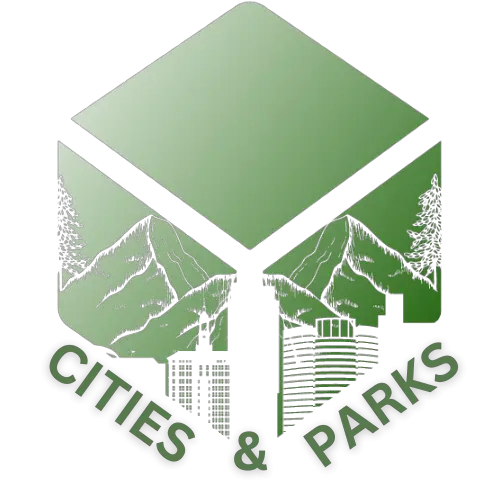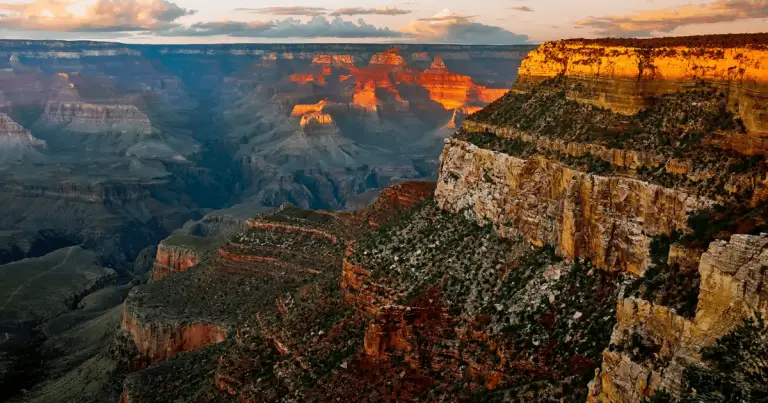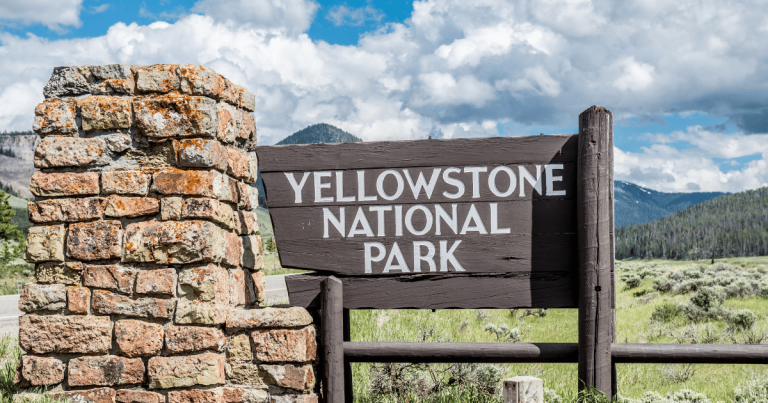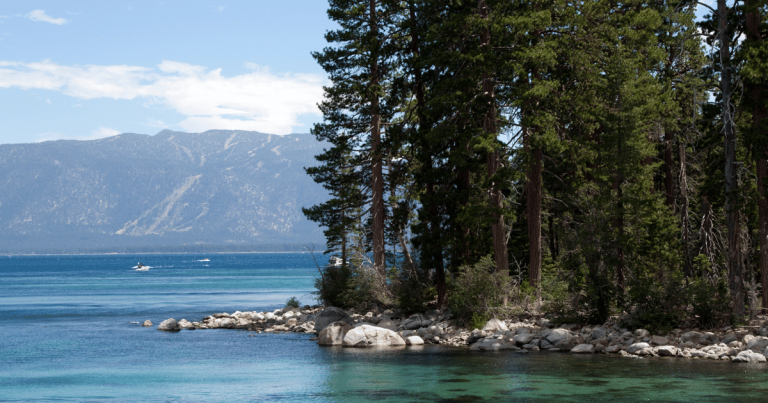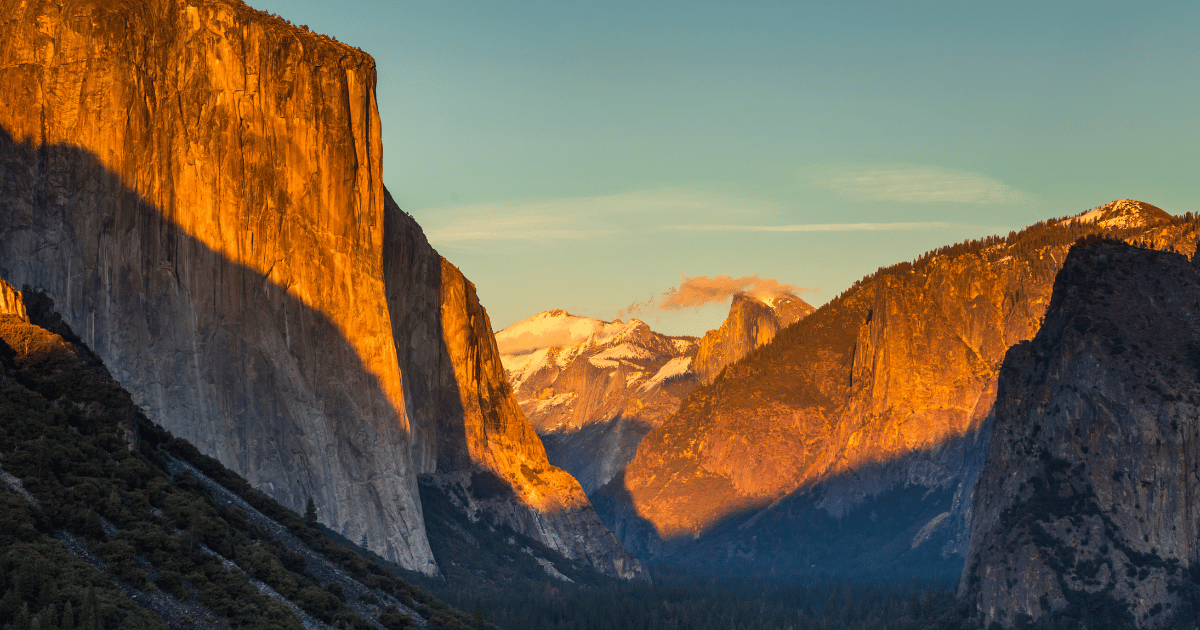wildlife spotting tips in Zion National Park
Many visitors struggle to spot animals while hiking Zion’s nature trails. Zion National Park is home to over 75 species of mammals and more than 200 kinds of birds. This guide shares simple wildlife spotting tips in Zion National Park, including safe distancing, birdwatching advice, and how to identify local animals.
Start your outdoor adventure today by learning where and when to look for wildlife!
Key Takeaways
- Zion National Park is home to over 75 mammal species and more than 200 types of birds, including bighorn sheep, mule deer, coyotes, and California condors.
- Dusk and dawn are the best times for wildlife spotting because animals like bighorn sheep and mule deer are most active during these hours.
- Bring binoculars or a telephoto lens to see animals clearly from a safe distance without disturbing them; stay at least 100 yards away from large mammals.
- Good spots for wildlife viewing include East Zion, Zion Canyon, Kolob Terrace, Kolob Canyons, Desert View Overlook, and along Scenic Drive.
- Stay quiet and patient while observing wildlife to improve your chances of sightings; always respect park rules about distancing for both your safety and animal welfare.
Best Time for Wildlife Viewing in Zion
Dusk and dawn offer the best chances to spot wildlife in Zion. During these hours, animals like mule deer and bighorn sheep are most active and visible.
Dusk and dawn are prime times for activity
Dusk and dawn serve as the best times for wildlife observation in Zion National Park. Animals, like bighorn sheep and mule deer, are most active during these hours. You can spot them grazing or moving along the trails as the sun rises or sets.
This period offers a peaceful atmosphere for nature trails and birdwatching.
The cooler temperatures make these times ideal for exploring without disturbing animal behavior. Being quiet enhances your chance of seeing animals in their natural environments. Carry binoculars or a telephoto lens to capture stunning views of wildlife diversity during these magical moments.
Tips for Enhanced Wildlife Viewing:
To spot wildlife effectively, choose the right locations and stay quiet while observing. Patience pays off as animals often need time to reveal themselves. Use binoculars or a telephoto lens for better views without disturbing them.
Always keep a safe distance to ensure both your safety and the animals’ well-being. Explore more tips on enhancing your wildlife experiences in Zion!
Know where to look
Wildlife spotting requires careful observation of the right areas. Bighorn sheep often graze in rugged terrains, especially on rocky outcrops and steep cliffs. Look for mule deer near meadows during early morning or late evening when they feed.
Coyotes prefer open fields and can be seen hunting in the twilight hours. Keep an eye on the skies for California condors soaring overhead; their large wingspan makes them easier to spot against the backdrop of clear blue.
Good wildlife observation combines knowing where to look with patience. Expect visitors at popular spots like Zion Canyon and East Zion to increase chances of sightings too. Certain trails provide excellent views, enhancing your experience without disturbing animal safety.
Plan routes that lead you through diverse ecosystems to improve your chances of seeing various species as you hike along natural paths ahead.
Be quiet and patient
Being quiet helps you spot more wildlife. Many animals, like bighorn sheep and coyotes, feel threatened by loud noises. If you move slowly and keep your voice down, they are more likely to show themselves.
Patience is key. Finding the right moment can mean waiting in one spot for a while.
Wildlife observation often requires stillness. Enjoy the beauty around you while you wait. Use this time to appreciate the flora and fauna of Zion National Park. Bring binoculars or a telephoto lens to enhance your experience without disturbing the animals.
Remember that animal behavior can be unpredictable; staying calm will improve your chances of spotting them in their natural habitat.
Use binoculars or a telephoto lens
Being quiet and patient helps you notice wildlife. Using binoculars or a telephoto lens enhances your viewing experience. These tools allow you to spot animals from a safe distance without disturbing them.
For instance, when observing bighorn sheep on a cliffside, binoculars can bring the scene closer while keeping you far away.
Telephoto lenses work well for photographers who want sharp images of elusive creatures like California condors. This approach also minimizes stress on the animals, showing respect for their space.
Wildlife observation becomes more rewarding with the right equipment for spotting these fascinating species in Zion National Park.
Maintain a safe distance
Maintaining a safe distance is crucial for wildlife observation in Zion National Park. Animals can become stressed when people get too close. Staying at least 100 yards away from larger animals, like bighorn sheep and coyotes, helps protect both you and the animals.
For smaller creatures, a distance of at least 25 yards works well.
Use binoculars or a telephoto lens to see wildlife clearly without crowding them. This approach allows you to enjoy animal behavior while respecting their space. Follow park guidelines about safe distancing to ensure that your wildlife viewing experience remains enjoyable and safe for everyone in the ecosystem.
Respecting this boundary encourages conservation efforts within the park as well.
Popular Animals to Watch for in Zion:
Zion National Park offers a great chance to spot unique wildlife. In particular, keep an eye out for the majestic bighorn sheep and elusive California condors soaring through the skies.
Bighorn sheep
Bighorn sheep are one of the iconic animals in Zion National Park. These remarkable creatures thrive in steep, rugged terrain. They often roam the cliffs and canyons, displaying strong adaptability to their environment.
Look for them high on rocky slopes or grazing near water sources.
Wildlife observation enthusiasts appreciate watching bighorn sheep in their natural habitat. The males have impressive curled horns, while females sport shorter ones. Patience pays off when spotting these animals; sometimes they blend well into their surroundings.
Always maintain a safe distance to respect animal behavior and ensure your safety while enjoying this beautiful wildlife diversity during your park visit.
Mule deer
Mule deer thrive in Zion National Park. These graceful animals are most active during the early morning and late evening. As you hike through nature trails, keep an eye out for their distinct large ears and light-colored tails.
They blend well with the rocky terrain but can often be spotted grazing on foliage.
Wildlife observation offers a unique chance to see these beautiful creatures up close. Always maintain a safe distance to protect both yourself and the deer. Bring binoculars or a camera with a telephoto lens for better viewing opportunities.
Soon, you may also encounter other fascinating species like bighorn sheep and coyotes in this diverse ecosystem.
Coyotes
Coyotes are fascinating creatures to observe in Zion National Park. They inhabit various areas, including open fields and canyons. These adaptable animals thrive in diverse environments.
Look for them during dawn or dusk when they are most active. Their sleek bodies and bushy tails help you recognize them easily.
Coyotes communicate with a distinctive howl that carries through the park at night. This behavior provides clues about their location and social structure. Keep your distance if you spot one; maintaining safe distancing ensures both your safety and theirs.
Bring binoculars to catch detailed views without disturbing these wild animals. Enjoy watching coyote behavior as they hunt or interact with each other, showcasing the wildlife diversity of Zion National Park.
Next, let’s explore popular animals to watch for in this stunning area, like bighorn sheep and mule deer.
California condors
California condors are one of the largest birds in North America. They have a wingspan that can reach up to 10 feet. These majestic creatures were once close to extinction but now thrive thanks to conservation efforts.
In Zion National Park, spotting a California condor is an exciting experience for wildlife observation.
These birds prefer open habitats where they can soar high while searching for food. Look for them gliding above the cliffs or perched on rocky ledges. Their black feathers and distinctive white wing markings make them easier to identify from a distance.
Use binoculars or a telephoto lens for better views without getting too close. Always maintain safe distancing; being quiet helps you observe their behavior without disturbing them.
Best Places for Wildlife Watching in Zion:
Zion offers stunning locations for wildlife watching. Explore East Zion and keep an eye out for bighorn sheep roaming the cliffs.
East Zion
East Zion offers stunning views and a chance to see diverse wildlife. This area is rich in flora and fauna, making it perfect for nature observation. Bighorn sheep often roam these hills, while mule deer graze peacefully among the trees.
Visit early morning or late afternoon to catch animals at their most active.
Several nature trails wind through East Zion’s landscapes. These paths provide excellent opportunities for wildlife observation and photography techniques. Keep your distance from animals for their safety and yours.
Quietly enjoy the scenery as you wait for birds like California condors to soar above you in this beautiful ecosystem.
Zion Canyon
Zion Canyon offers stunning scenery and rich wildlife. Visitors often spot bighorn sheep and mule deer along the trails. The canyon’s towering walls create a unique ecosystem. This diverse environment attracts many birdwatchers, eager to see California condors soaring above.
Wildlife observation is best in the early morning or late afternoon. Animals are most active during these times. Use binoculars or a telephoto lens for closer views without disturbing them.
Maintain a safe distance from all animals to ensure both their safety and yours while you enjoy Zion’s scenic views and vibrant flora and fauna along nature trails.
Kolob Terrace and Kolob Canyons
Kolob Terrace and Kolob Canyons offer stunning views and unique wildlife opportunities. Hikers can explore diverse trails that wind through varying elevations. These areas attract many animals, including mule deer and bighorn sheep.
Visitors should keep quiet to increase their chances of spotting these animals in their natural habitats.
The rich ecosystem here supports a variety of flora and fauna. Birdwatching enthusiasts can look for species like California condors soaring above the cliffs. Enjoy the scenic views as you walk, but always maintain a safe distance from any wildlife you encounter.
This practice helps protect both animals and people while enhancing your overall experience in this beautiful park. Next, we will discuss the best places for wildlife watching throughout Zion National Park.
Desert View Overlook
Kolob Terrace and Kolob Canyons offer stunning views, but don’t miss Desert View Overlook. This spot provides an excellent vantage point for wildlife observation. Stunning vistas of Zion’s unique ecosystem surround you at this location.
The overlook is a great place to watch for various species. Bighorn sheep often roam the rugged cliffs nearby. Mule deer may graze in open meadows below. Enjoy birdwatching too; California condors can soar above you on warm days.
Bring binoculars or a telephoto lens to see these animals up close while maintaining safe distancing from them for their safety and yours. Wildlife diversity flourishes here, making it one of the park’s essential outdoor recreation sites.
Scenic Drive
Scenic Drive offers a fantastic opportunity for wildlife observation in Zion National Park. This road runs through diverse ecosystems, providing habitats for various species. You may spot mule deer grazing near the roadside or bighorn sheep perched on rocky cliffs.
Use binoculars to get a closer look without disturbing them.
Stop at designated viewpoints along Scenic Drive for breathtaking views and potential birdwatching. Early mornings and late afternoons increase your chances of seeing active wildlife.
Stay quiet and maintain safe distancing from all animals to ensure their safety and yours while enjoying this beautiful landscape.
FAQs
1. What are the best wildlife spotting tips in Zion National Park?
Start early on nature trails for better animal watching. Move quietly and watch for signs of animal behavior near water or shaded spots. Bring binoculars to enjoy birdwatching and spot more species.
2. How can I identify different animals during wildlife observation?
Use a field guide for species identification while hiking scenic views or along diverse ecosystem areas. Look at color, size, and movement patterns in both flora and fauna.
3. What should I do to stay safe around wild animals?
Keep a safe distance from all wildlife; never feed them or try to touch them during outdoor activities. Follow park ranger advice about animal safety and respect their space.
4. Why is environmental awareness important when observing wildlife?
Environmental awareness helps protect conservation efforts by keeping natural habitats undisturbed during your visit on hiking trails or while enjoying ecological diversity.
5. Are there specific places in Zion National Park that offer good opportunities for animal watching?
Yes, many nature trails with scenic views provide great chances for seeing local wildlife diversity. Ask park rangers for advice on less crowded routes where you can observe more animals without disturbing their habitat.
